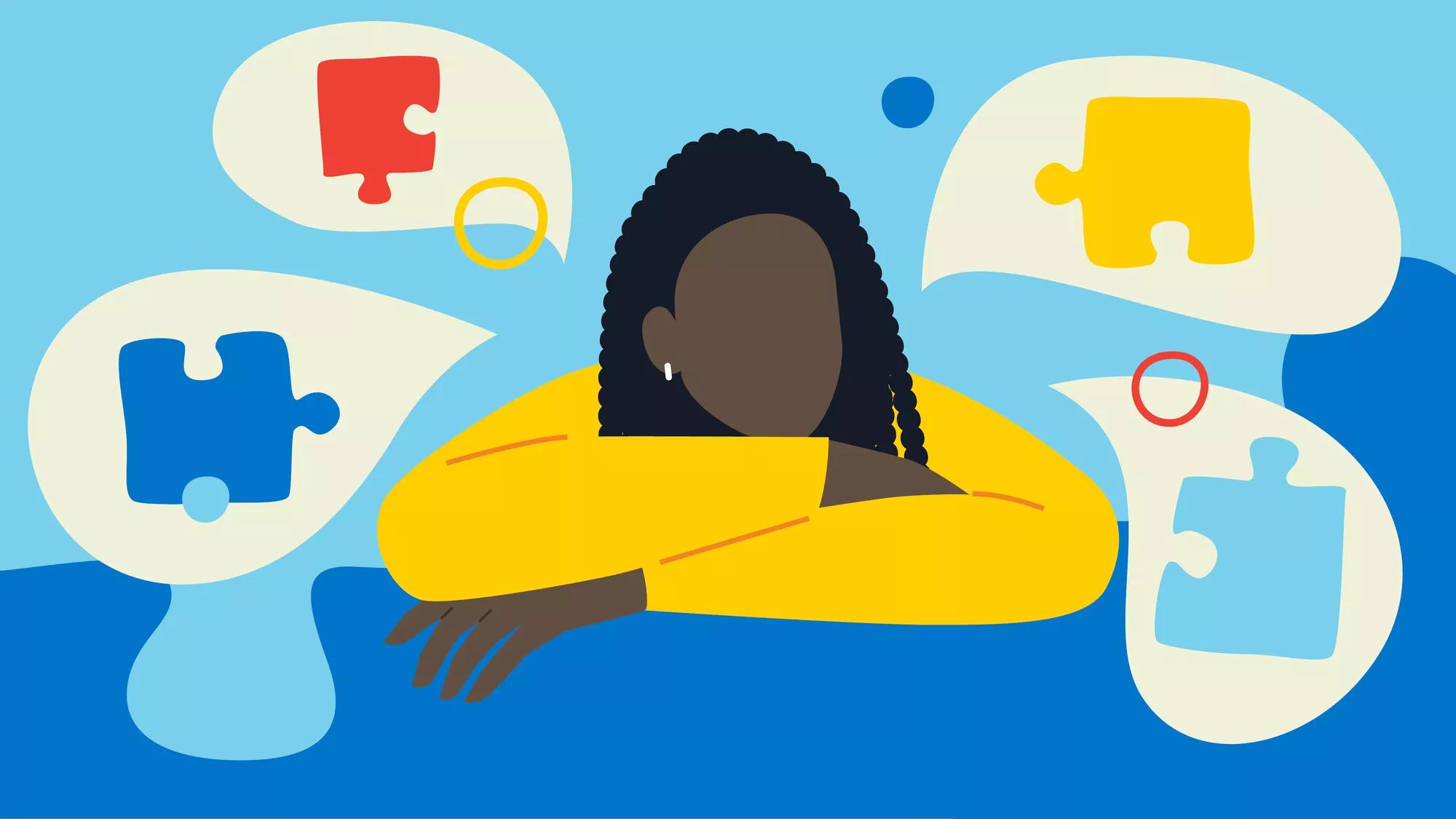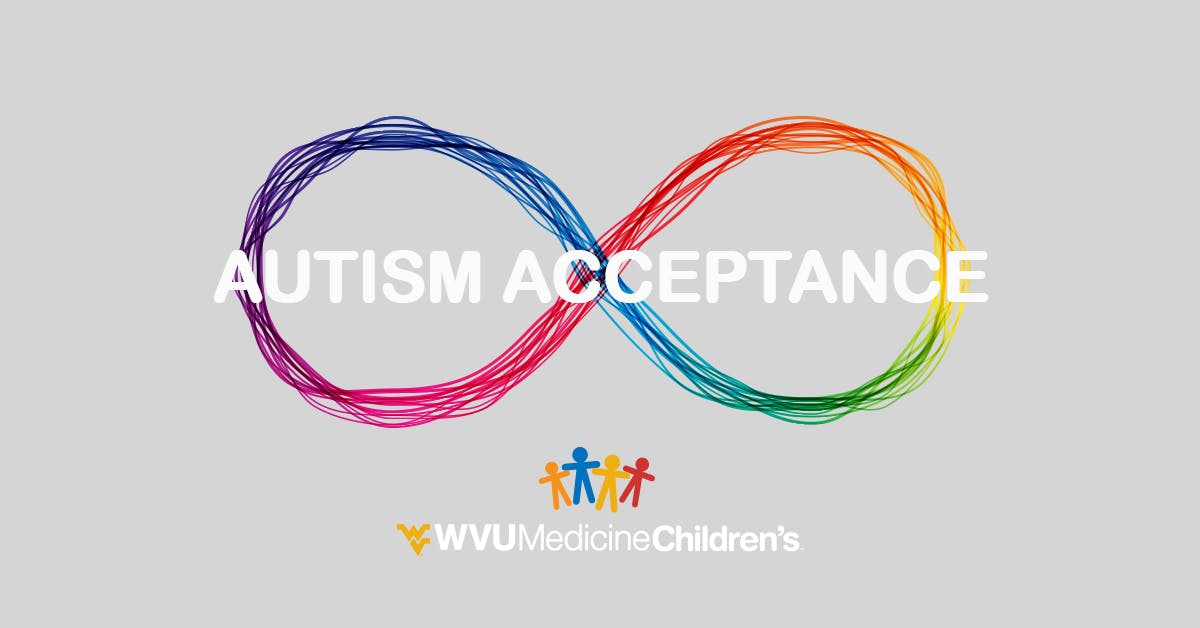How to Connect Properly with Loved Ones on the Autism Range
How to Connect Properly with Loved Ones on the Autism Range
Blog Article
Understanding Autism: A Comprehensive Guide to Symptoms And Signs
Autism Range Disorder (ASD) includes a large variety of qualities that can dramatically impact an individual's social interactions and day-to-day performance. Understanding these subtleties not just aids caregivers and instructors in giving appropriate assistance yet likewise cultivates an extra inclusive setting for individuals with ASD.
Review of Autism Spectrum Condition
Specifying Autism Spectrum Problem (ASD) entails recognizing it as a complicated neurodevelopmental condition characterized by a range of challenges in social communication, interaction, and behavior patterns. The term "spectrum" shows the large irregularity in signs and symptoms and their seriousness, which can differ dramatically from one person to another. ASD typically manifests in very early youth, although some people might not obtain a medical diagnosis until later in life.
Aspects affecting the growth of ASD consist of environmental variables and genetic predispositions, although the specific reasons stay under examination. Diagnosis usually depends on behavioral evaluations, as there are no clear-cut medical tests for ASD. Early intervention is important and can significantly improve outcomes, concentrating on boosting interaction skills, social interactions, and flexible behaviors.
People with ASD may additionally exhibit unique toughness, such as phenomenal interest to information or specific locations of proficiency. Recognizing the complex nature of ASD is crucial for promoting an inclusive atmosphere that fits neurodiversity. Continued study is important for establishing efficient interventions and support systems, enabling people with ASD to thrive and fulfill their possible within culture.
Typical Indicators of Autism
Acknowledging the usual signs of Autism Spectrum Disorder (ASD) is crucial for early identification and intervention. These signs can differ extensively in intensity and presentation, yet particular attributes are frequently observed in people with ASD.
Among the most common indications is a significant problem in establishing and keeping eye contact. Individuals may also display restricted rate of interest in social communications and show a choice for solitary play. Repetitive habits, such as hand-flapping, rocking, or rotating objects, commonly arise early in childhood years. Furthermore, some children might develop strict regimens and end up being distressed if these regimens are interrupted.
Sensory sensitivities are likewise typical; individuals might overreact or underreact to sensory stimuli, such as noises, textures, or lights. autism. Language growth can be atypical, with some youngsters exhibiting delayed speech or making use of language in unusual ways, consisting of echolalia-- repeating phrases or sentences listened to somewhere else
It is vital to keep in mind that not every person with ASD will display all these indications, and the level of these habits can differ considerably. Early recognition enables prompt support and sources, boosting the quality of life for those on the spectrum.
Social Communication Obstacles
Social interaction obstacles are a hallmark of Autism Spectrum Disorder (ASD), influencing a person's capability to engage efficiently with others. These troubles can manifest in different methods, consisting of obstacles in starting and article maintaining discussions, comprehending social cues, and reacting appropriately in social interactions.
People with ASD might battle with nonverbal communication, such as eye get in touch with, face expressions, and body movement. This can bring about misunderstandings, as their communicative intent may not be appropriately interpreted by others. They may find it difficult to grasp the subtleties of tone and context, which are necessary for effective interaction.
In group setups, individuals with ASD may really feel overloaded and might not know exactly how to join in conversations (autism). They may also display atypical conversational patterns, such as monologuing concerning particular passions without acknowledging social reciprocity
In addition, these obstacles can cause social seclusion or difficulties in creating partnerships, as peers might misinterpret their habits or communication style. Understanding these social communication obstacles is critical for promoting supportive environments that promote social abilities advancement and enhance the top quality of interactions for individuals on the autism range.
Sensory Reactions and level of sensitivities
Numerous individuals with Autism Range Condition (ASD) experience enhanced web sensory level of sensitivities that can substantially influence their every day lives. These sensitivities may manifest as over-responsiveness or under-responsiveness to sensory stimulations, consisting of noises, lights, appearances, tastes, and smells. For example, an individual with ASD might discover everyday sounds, such as a vacuum cleanser or crowded atmospheres, overwhelmingly upsetting, bring about anxiousness or crises. Alternatively, some might display an indifference to discomfort or severe temperature levels, which can present security problems.
Sensory handling distinctions in individuals with ASD can additionally influence their capacity to engage in routine tasks and social communications. For example, a kid that is sensitive to touch may resist physical love or prevent specific apparel fabrics. A preference for specific structures or tastes can restrict nutritional alternatives and create difficulties throughout mealtimes.
Recognizing these sensory level of sensitivities is important for recognizing the distinct experiences of individuals with ASD. Awareness of their sensory accounts can foster far better interaction and assistance methods, producing an environment that suits their demands and improves their top quality of life. Ultimately, acknowledging sensory level of sensitivities is a critical part of understanding the more comprehensive spectrum of autism.

Sustaining People With Autism
Efficient support for individuals with Autism Range Disorder (ASD) is vital for enhancing their general health and fostering independence. Assistance approaches must be customized to fulfill the special demands of a knockout post each person, considering their challenges and staminas.

Social abilities training can also play a crucial role. autism. Involving people in team tasks or role-playing situations can enhance their capacity to browse social interactions. Furthermore, it is important to educate member of the family, caretakers, and peers regarding ASD to cultivate a helpful and inclusive community
Verdict
By fostering enhanced interaction and social abilities, individuals with autism can browse their settings a lot more efficiently. Ultimately, enhanced awareness and assistance can considerably improve the high quality of life for those impacted by ASD.
Autism Spectrum Disorder (ASD) incorporates a wide array of attributes that can considerably influence an individual's social interactions and day-to-day performance.People with ASD may have a hard time with nonverbal interaction, such as eye call, facial expressions, and body language.Many individuals with Autism Range Condition (ASD) experience increased sensory sensitivities that can significantly impact their day-to-day lives.Sensory processing differences in individuals with ASD can also affect their ability to engage in social interactions and regular activities.Recognizing these sensory sensitivities is vital for recognizing the one-of-a-kind experiences of individuals with ASD.
Report this page